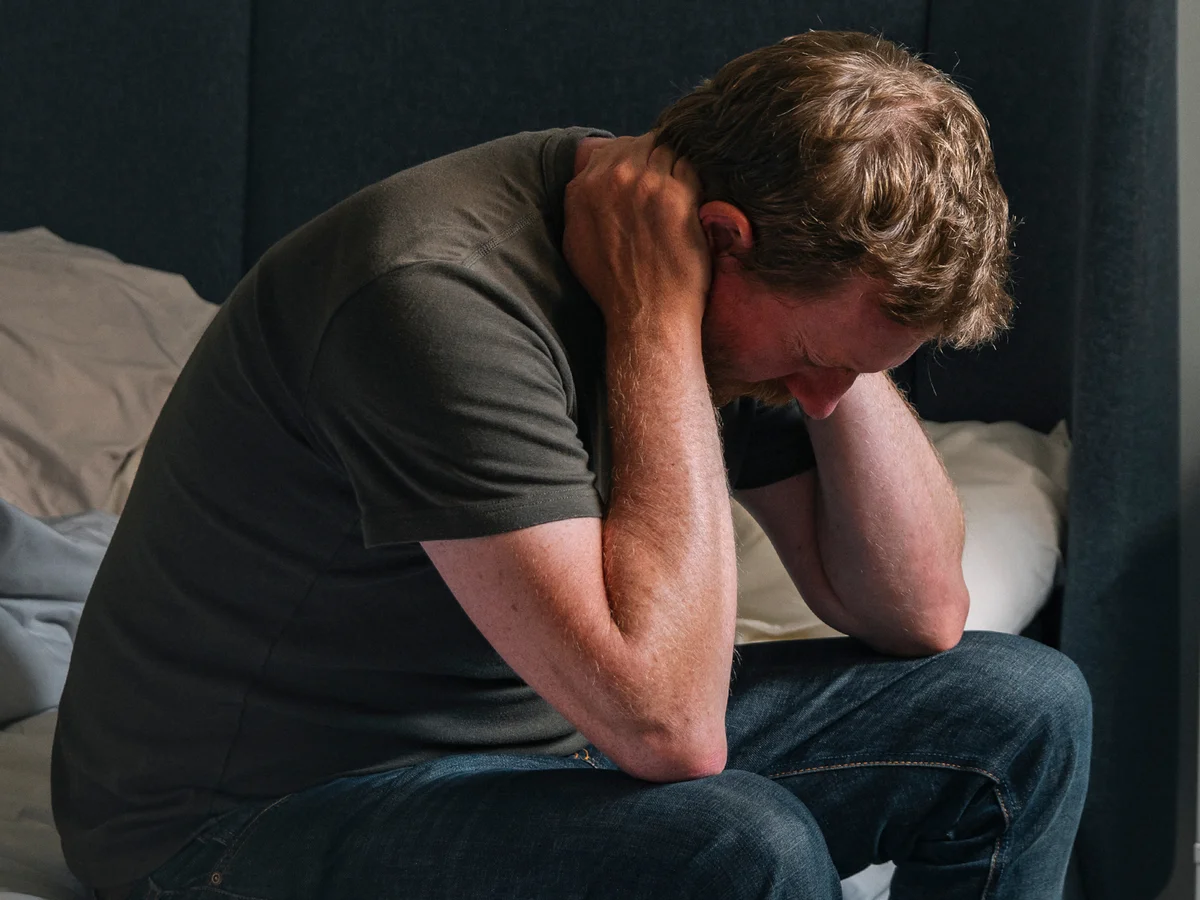Resilience for trauma and PTSD treatment, as well as your own commitment to recovery, will serve you well as you look towards the future. Instead of feeling trapped in the past, promoting resilience allows you to develop confidence and calm. In time, you can know for certain that if you do experience a trigger or distressing event, you have the tools to handle it.
Consider how these three major benefits of resilience for trauma and PTSD treatment can help you.
1. Confidence in Your Capabilities
One of the debilitating effects of trauma and PTSD is that you feel powerless. You were helpless when you first experienced the trauma. Whether you were traumatized when you were a child or as an adult, this sense of powerlessness can settle into your thinking and impact your self-esteem. Yet, by building resilience, you can begin to find newfound confidence in your own self-control, abilities, and potential. You can develop a more positive, self-affirming mindset as opposed to one rooted in the negativity and poor self-image fostered by your trauma.
2. The Ability to Recover Quickly
As you bolster resilience and trauma and PTSD treatment, you are likely to experience setbacks. That can be hard to hear. Yet, try to remember that the trauma recovery process is rarely linear and unique to you. Also, keep in mind that one of the benefits of building resilience is that you improve your capacity to recover quickly from negative periods.
For example, let’s say that you are shopping and suddenly experience a flashback. Remember that flashbacks can be triggered by anything, even scents or sounds. However, this time you practice that mindfulness technique that you learned in therapy. You may start breathing more deliberately and focusing on calming thoughts. Soon, you feel calmer and less anxious. Resilience, trauma and PTSD treatment, and patience with yourself are vital. Together, they help keep these upsetting moments from becoming bigger obstacles.
3. Being at Peace: Resilience and Trauma and PTSD Treatment
So many people it’s very hard to find peace in the present. Their minds continually go over their trauma. Fortunately, promoting resilience allows you to feel more at peace.
That doesn’t mean that you are necessarily okay with what happened. However, you may not feel the need to hide from or bury those traumatic memories. Nor might you struggle with questions such as “What would have happened if…?” Instead, you are better capable of staying present and remaining engaged with what’s happening in the here and now. After treatment and a lot of support, you can start to feel comfortable in your own skin and less burdened by the weight of your pas ordeal.
How to Build Resiliency
Building resiliency is less about making sweeping changes than honing in on smaller, more intentional choices. On their own, they seem inconsequential. Combined, they provide a powerful weapon against trauma and the effects of PTSD. For example:
- Limit or avoid drinking alcohol and drugs
- Exercise regularly
- Dedicate time each day away from the TV or your phone
- Be creative through expressive arts
- Practice a skill or hobby
- Get plenty of rest each evening
- Choose healthy foods and adequate hydration
- Practice stress-reduction techniques such as mindfulness and meditation.
To start building resiliency, pick a trait, and start from there. Don’t let overwhelm set in. Sometimes it’s best to just begin with something and see what happens.
Resilience along with trauma and PTSD treatment simply requires a willingness to try. The benefits of resilience include the ability to better cope with PTSD and PTSD symptoms, as well as ultimately resolve those symptoms. There is much you can do by promoting resilience in your life. However, it’s helpful to have professional support. Please ask how trauma and PTSD therapy can help you.





